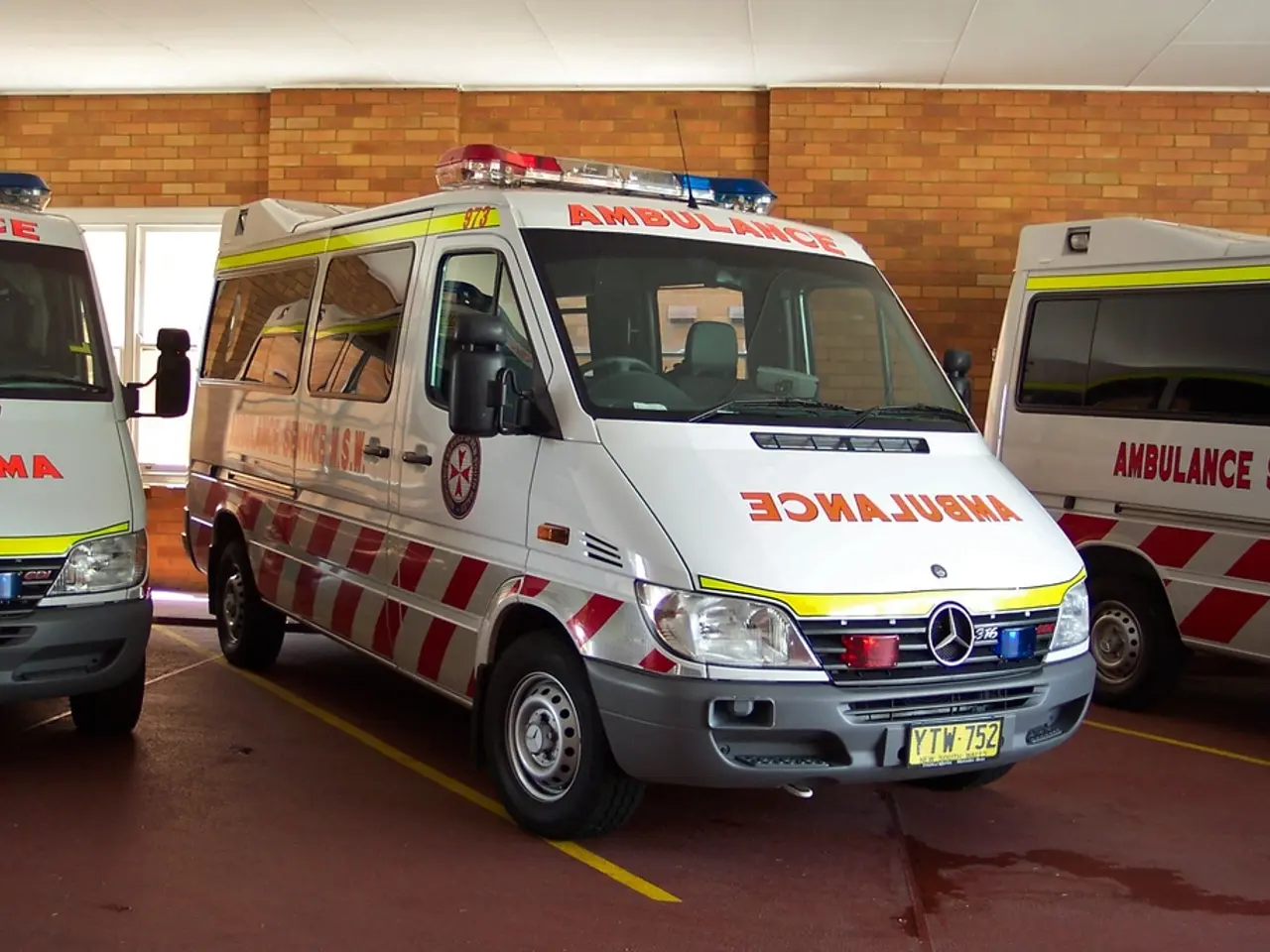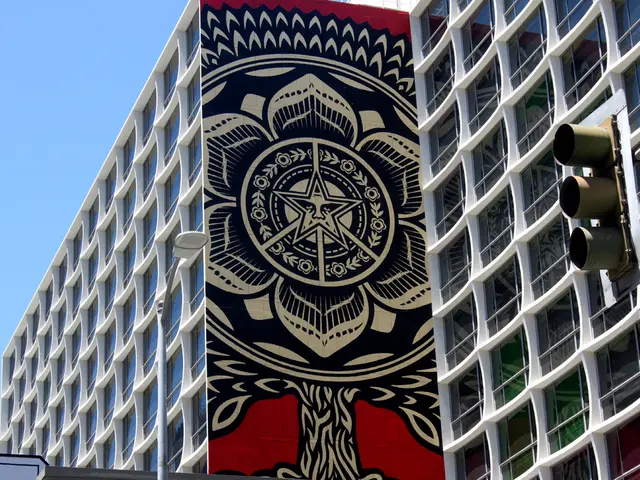New Study Warns of Trauma Center Closures Due to Medicaid Cuts
A new study published in the JAMA Health Forum warns of potential closures or loss of designation for trauma centers due to recent congressional cuts to Medicare. The study highlights the financial strain these centers face, particularly in treating gunshot wounds, which have seen a significant increase in pediatric cases and costs.
The study, analyzing data from 2016 to 2021, found that the annual cost of treating pediatric gunshot wounds grew by 54% from 2019 to 2021, reaching $1.6 billion in 2021. Over half of these costs were billed to Medicare. The total cost of initial treatment for gunshot wounds during this period was $7.7 billion. The largest share of these costs went towards treating patients who were Black, male, and from low-income areas.
The study also noted that trauma centers in rural and lower-income areas are most affected by Medicare cuts. These cuts could lead to losing their certification levels, as reimbursements often fall short of covering actual treatment costs. Safety-net hospitals are left to absorb substantial losses.
The study underscores the urgent need for policy makers to consider the impact of Medicare cuts on trauma centers, particularly in treating gunshot wounds. Further financial strain could exacerbate the strain on these centers, potentially leading to closures or loss of designation. Reporters are encouraged to examine local data and interview hospital management, staff, and patients to understand the real-world impacts of these cuts.








